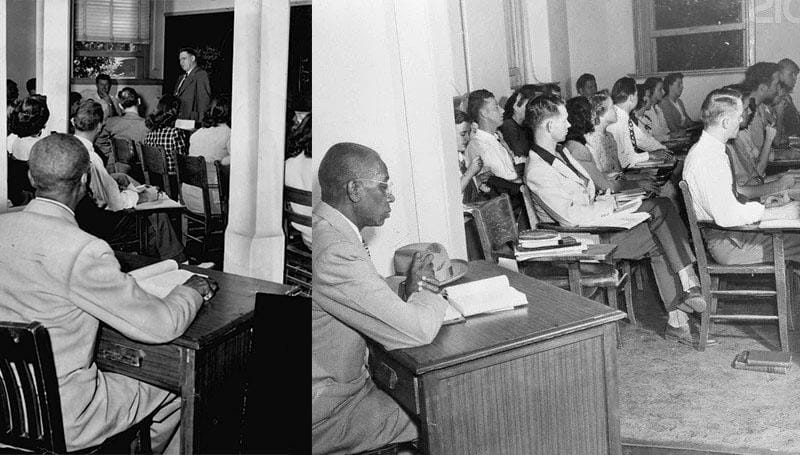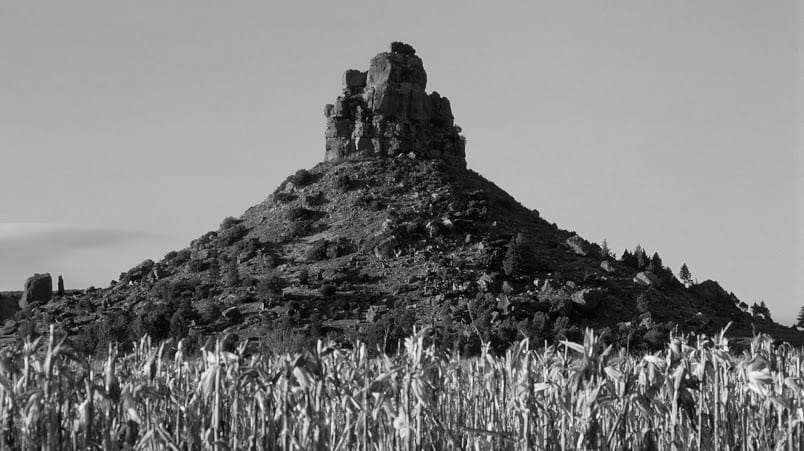For centuries the rich history of South Africa dating back about 2000 years was hidden from its people. The fact that Bantu speaking peoples of the region had a highly civilized existence hundreds of years before the first Europeans arrived, was simply too much for the oppressive government of the day to bear.
The events above unfolded close to the confluence of the Shashi and Limpopo rivers in the Messina district where two hills separated by a valley on the land Greefswald - the one named Bambandyanalo and the other Mapungubwe. In 1932 a man named van Graan, (a farmer and prospector) discovered that the summit of the Mapungubwe Hill was littered with pottery on closer inspection and further digging, two kilograms of pure gold foil, along with beads and ornaments were uncovered. The pure gold foil artifacts were each meticulously tacked with tiny golden nails that covered the now perished wooden rhinos and elephants.
The findings not only provided evidence of early gold smelting in southern Africa, but of the extensive wealth and social differentiation of the people of Mapungubwe. At first, Van Graan decided to keep quiet, but later the find was reported to the University of Pretoria. Greefswald was bought by the government of the day. Although the University of Pretoria excavated the site ever since 1932, it was kept top secret. The findings provided evidence contrary to the racist ideology of black inferiority that underpinned apartheid.
According to the archaeology department at the University of the Witwatersrand, Mapungubwe represents "the most complex society in southern Africa and is the root of the origins of Zimbabwean culture". It is testimony to a civilization that existed and flourished years before European occupation.
The apartheid regime remained tight-lipped for more than 40 years. The evidence was only made public a few years after, the first democratically-elected government came into power 1994.
Mapungubwe was home to an advanced culture of people. The civilization thrived as a sophisticated trading center from around 1200 to 1300 AD. It was the center of the largest kingdom in the sub-continent, where highly-sophisticated people traded gold and ivory with China, India and Egypt. The region had a population of more than 5 000.
With the advent of radiocarbon dating in the 1950s, it was discovered that nearby Bambandyanalo had been established 300 years before Mapangubwe, in about 1000 AD, and that its people had been in occupation for 200 years. Archeologists also uncovered human burials that contained glass beads and copper bracelets along with profusely decorated pottery bowls, pots and beakers. Animal burials consisting of skulls or jawbones also contained copper ornaments, seashells and pottery fragments.
Gold was mined in haematite at Ngwenya, and iron ore and copper at Phalaborwa. Virtually all the copper and tin deposits of the Northern Transvaal were worked, and hundreds of workings remain.
The Moloko Pottery of the Later Iron Age was banded and stamped decorated, with tapered or out-turned rims, and occurs mainly at sites between the Witwatersrand and the Magaliesberg. Phalaborwa pottery shows little change in 400 years and bears simple, designs originally produced by Venda speaking people, even up today.
More than 800 years later, the Iron Age was one of stabilities in South Africa. People learnt to spin and weave fibers into cloth, to twist and plait ropes, and there was a greater reliance on domestic livestock as a source of meat. Millets, cotton and sorghum were the staple crops, supplemented by maize after contact with Portuguese traders. Trade with Mozambique increased dramatically during the Later Iron Age.
The only question left for all to answer is how come a highly-civilized nation that traded in peace and harmony with Arab, Chinese and Indian traders lost everything they had? The answer might be with the South African university that has a rich collection of artifacts?
Recent excavations revealed a court sheltered in a natural Amphitheatre at the bottom of the hill, with an elite graveyard at the top. The investigations and research continue.
Omar Ebrahim is a webmaster of rebirth.co.za - showcasing disadvantaged, young and emerging African artists globally. https://rebirth.co.za/mapungubwe.htm




